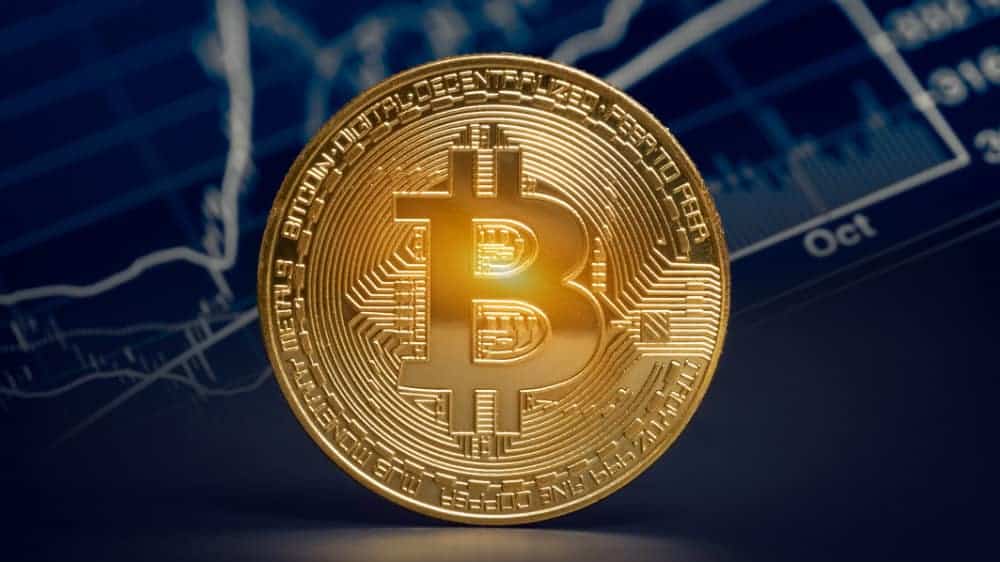Bitcoin was the darling of risk-tolerant traders last year, offering returns so high that extreme volatility seemed more than worth it. But this month, which witnessed Bitcoin drop 40% in a few weeks, has raised the question of whether the bubble has finally popped.
On Wednesday, a slight recovery gave some investors hope that Bitcoin would make a comeback. However, I’m very skeptical that it will. Although blockchain technology in itself is promising, the project that originated it most likely will not find wide adoption outside of the black market.
In my opinion, there are five facts that make a case for the end of Bitcoin as we know it. I’ll start with the most obvious.
The price was manipulated
I wouldn’t be the first to say that speculators have been “pumping” the price of Bitcoin. But until recently, the claim has been hard to prove. Not anymore. Recently a Wall Street Journal article exposed Bitcoin price manipulation by speculators using Tether, another digital currency. The claim was taken seriously enough that the U.S. Department of Justice is now investigating it.
It has not caught on outside the black market
Any asset that is used only to speculate is destined to become a bubble. Hence the quick collapse of “alt-coins” that nobody even pretended were used in the real world. Bitcoin held out longer on the idea that people actually used it to buy things. But now that it’s becoming clearer that the only place Bitcoins are spent in large quantities is on the black market, that claim is starting to fall apart.
It’s not an alternative to fiat currency
A lot of the hype surrounding Bitcoin came from the idea that it was an alternative to fiat money. But that begs the question: how is it an “alternative” to fiat currency if you need to convert it to cash before you can withdraw it or spend it at a normal store? The hard truth is that Bitcoin depends on fiat currency too much to be an alternative to it.
It’s rife with security issues
Bitcoin fans often tout the currency’s blockchain algorithm as providing excellent security, which it does if you can prevent someone from finding your private key. If they do find it, you’re out of luck. Compare this to a debit card system where a transaction may be declined if it’s detected in a suspicious time and place, and it becomes clear that conventional banking is more secure than cryptocurrency.
Conventional finance is doing well
Part of the “hype” surrounding Bitcoin stemmed from the idea that the ‘centralized’ banking was outdated and set to collapse. But after nine years of this talk, nothing of the sort has happened. In fact, Canada’s “big five” banks are doing quite well.
Consider Toronto-Dominion Bank (TSX:TD)(NYSE:TD) for example. Although the stock is down 11% year-to-date, the underlying fundamentals are great. In Q3, its earnings were up 12% and its profit margin was a solid 32%. Best of all, its U.S. retail banking segment grew a whopping 29% year-over-year. By contrast, Bitcoin is barely catching on outside of dark web markets, and its speculative value is based only on price, which is down dramatically this year. If there’s a conflict between banks and Bitcoin, my money’s on the banks.









